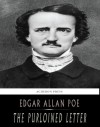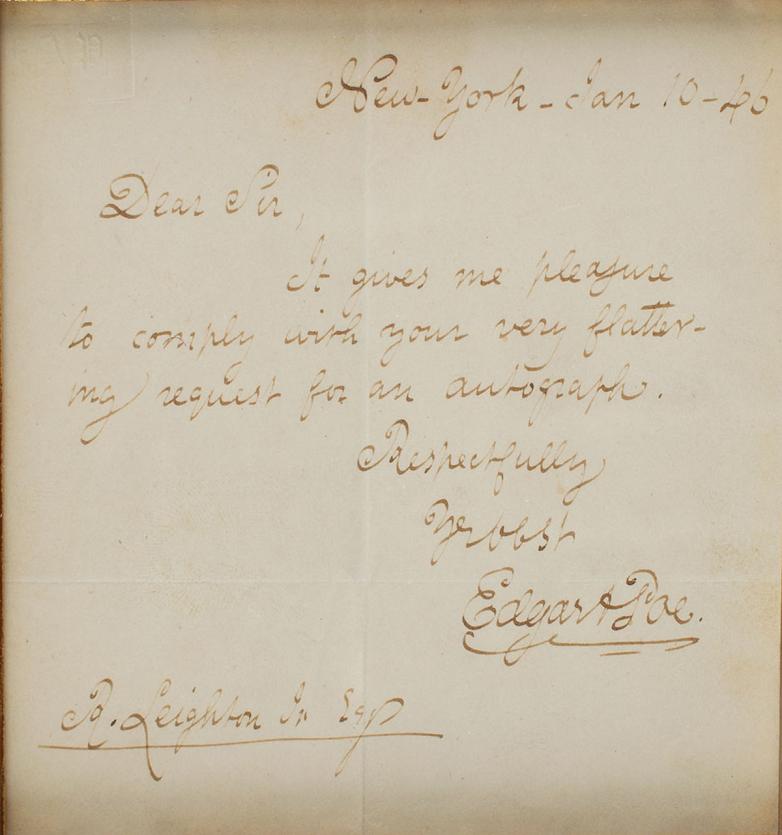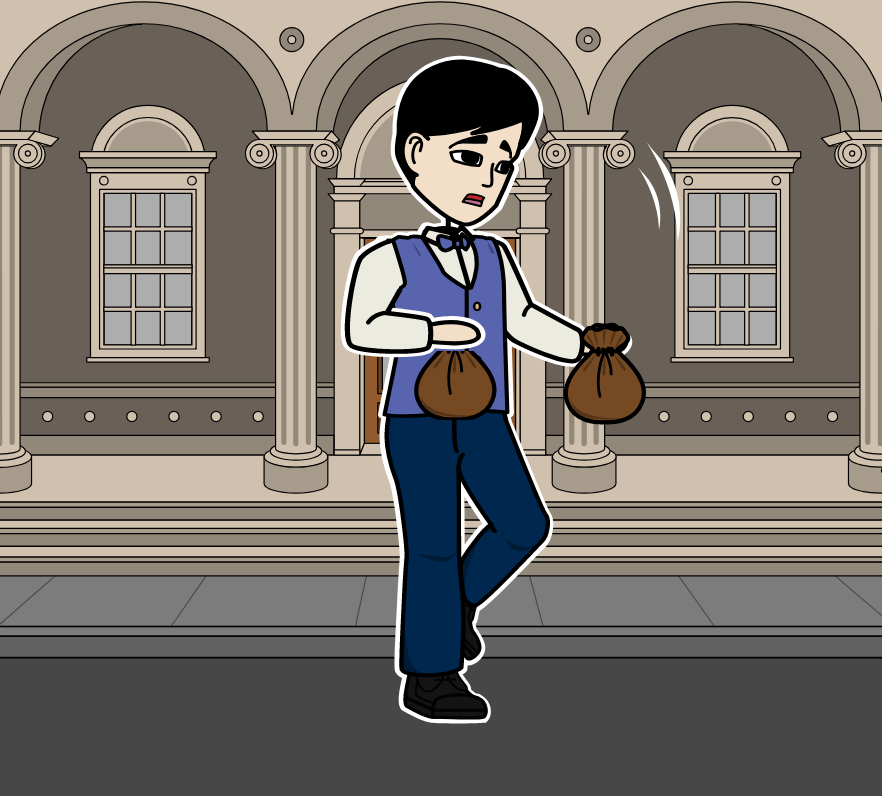

All three stories show Dupin’s unique method of crime solving which strongly binds his observations and conclusions by the principle of ratiocination showing that no matter how extraordinary a crime is its solution always adheres to the principles of cold logic. The first tale is an example of a locked room mystery, the second portrays Dupin as an armchair detective, and the third introduces the motif of an unlikely perpetrator.

In these stories, Dupin solves various crime mysteries with the aid of his unnamed helper. The character of the amateur detective Chevalier Auguste Dupin is featured in three of his stories, also known as The Dupin Tales: “The Murders in the Rue Morgue” (1841), “The Mystery of Marie Rogêt” (1842-1843), and “The Purloined Letter” (1844). The police know that the thief is Minister D, as he stole the letter from the royal boudoir in her presence, but the presence of other company prevented her from speaking out.

Edgar Allan Poe’s influence on detective fiction writers has been so large that his fictional detective became the prototype for many later ones, most notably Arthur Conan Doyle’s Sherlock Holmes and Agatha Christie’s Hercule Poirot. A letter has recently been stolen from the queen that contains information that could severely damage her reputation.


 0 kommentar(er)
0 kommentar(er)
